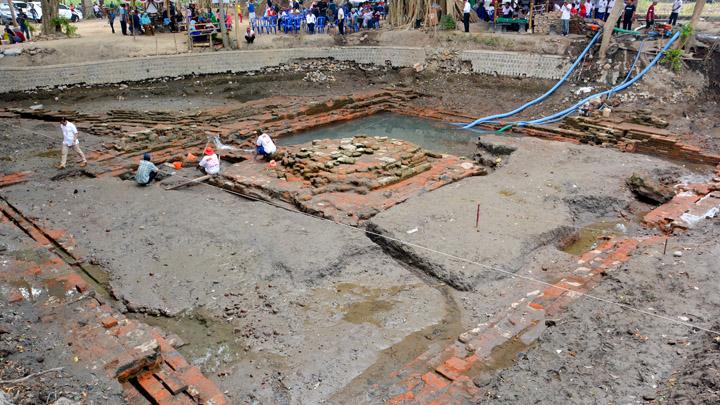
TEMPO.CO, Jakarta - The wooden house seemed somber, tucked away among modern buildings in Bagansiapiapi, Riau. Even so, the house is larger than most, compared to the other houses owned by the city`s ethnic-Chinese in the area. It also stands out because of its old architecture: platformed, with steps leading to the main hall.
The house's front wall features Chinese carvings and the Malay salembayung ornamented roof. But the years have taken away its beauty. An old piano stands in neglect in its main hall. "This house was left by my grandfather," said Tono three weeks ago.
Tono's grandfather, Ng Cong Bung, who was of Chinese descent, was given the title of "Kapitan" by the Dutch colonial government. Kapitan was a prestigious office awarded based on a person's stature in the ethnic-Chinese community. Tono is the fifth generation in the Kapitan Bagansiapiapi family line.
Kapitan Ng Cong Bun's Home is estimated to be built in the1900s when the fishery was in its heyday and was the mainstay of the local economy. The house was once run by an important authority, one that, among others, controlled trade. It's no wonder that the Kapitan became the richest person in the community. "A kapitan was given authority by the Dutch to apply trade levies," said Siswaja Mulyadi, a community figure among Bagansiapiapi's ethnic-Chinese.
The Kapitan Home in Bagansiapiapi is seen as a historical witness to Rokan Hilir's generations of ethnic-Chinese. Because the house continues to decay, the Rokan Hilir regency government is now working to have it awarded with a cultural heritage status. Today, there are 10 thousand ethnic-Chinese families living in Bagansiapiapi. But almost half of the city's traditional-style homes have been turned into permanent structures such as shophouses.
Read more inspiring Outreach stories in Tempo English Weekly Magazine























